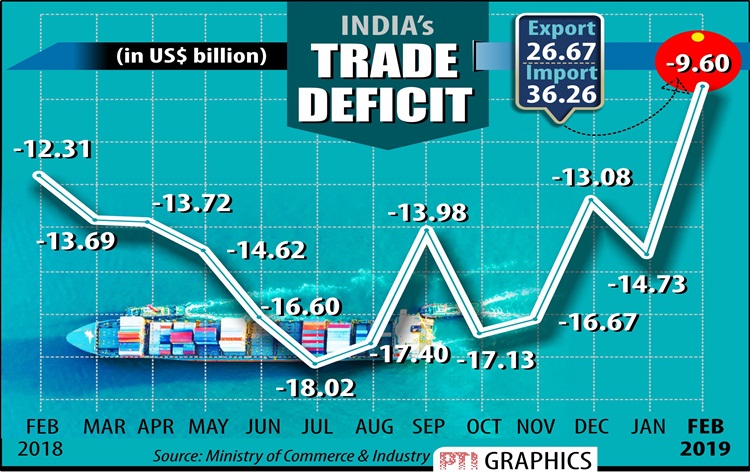7667766266
enquiry@shankarias.in
Why in news?
India’s trade deficit shrank to a 17-month low in February, 2019 according to the data recently released by the Union ministry of commerce.
What is the trade scenario?

What are the driving factors?
Does this signal macroeconomic stability?
How does the future look?
Source: Economic Times, Business Standard